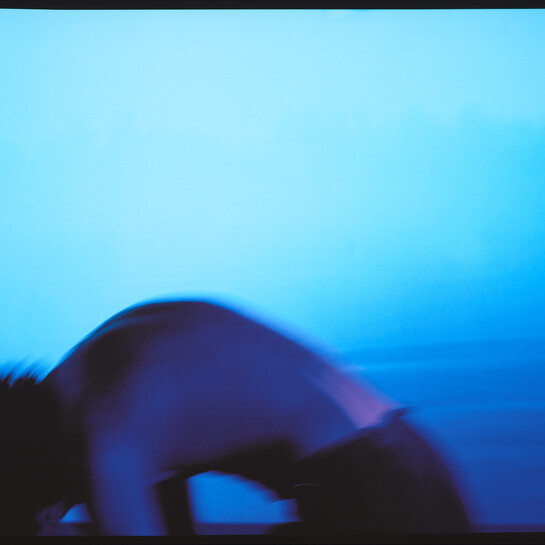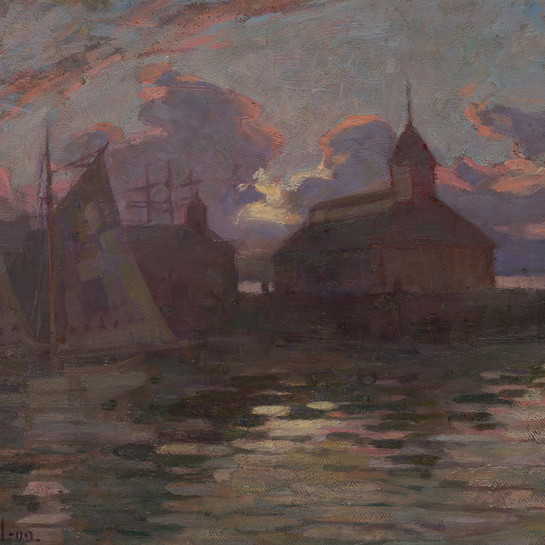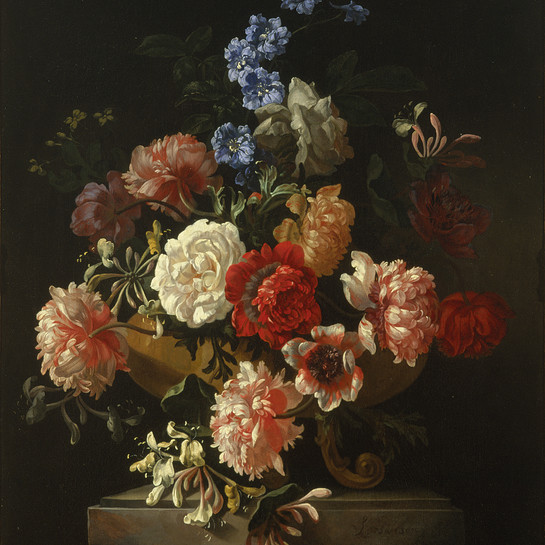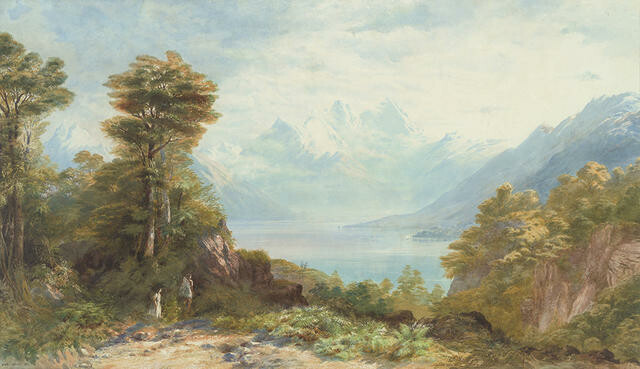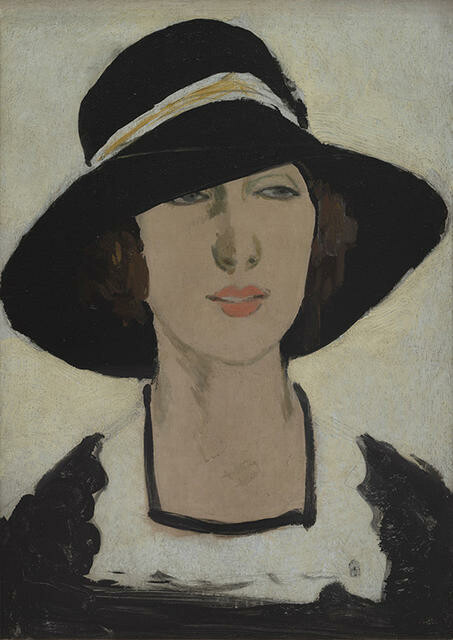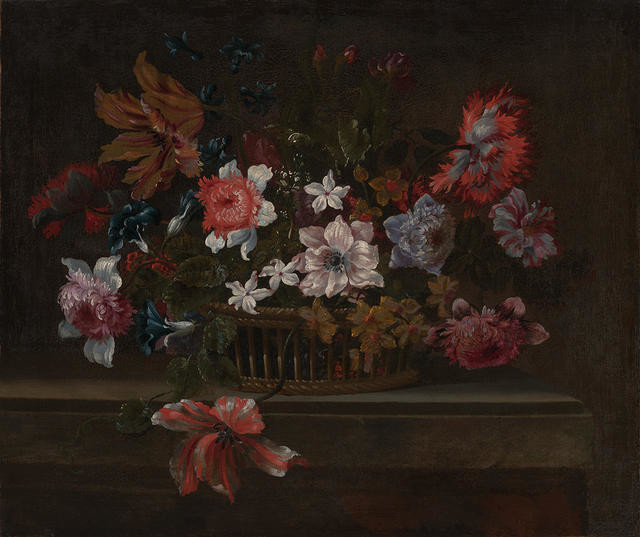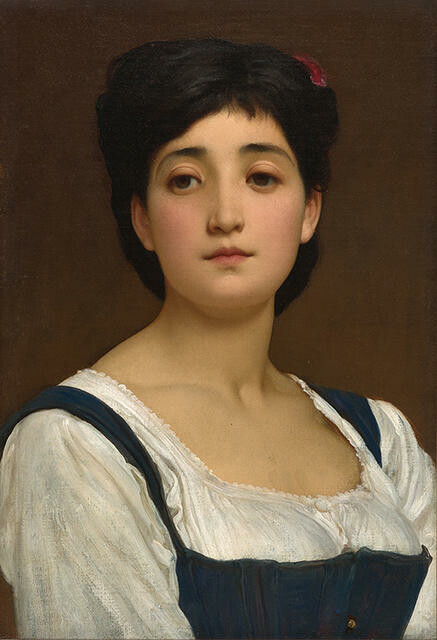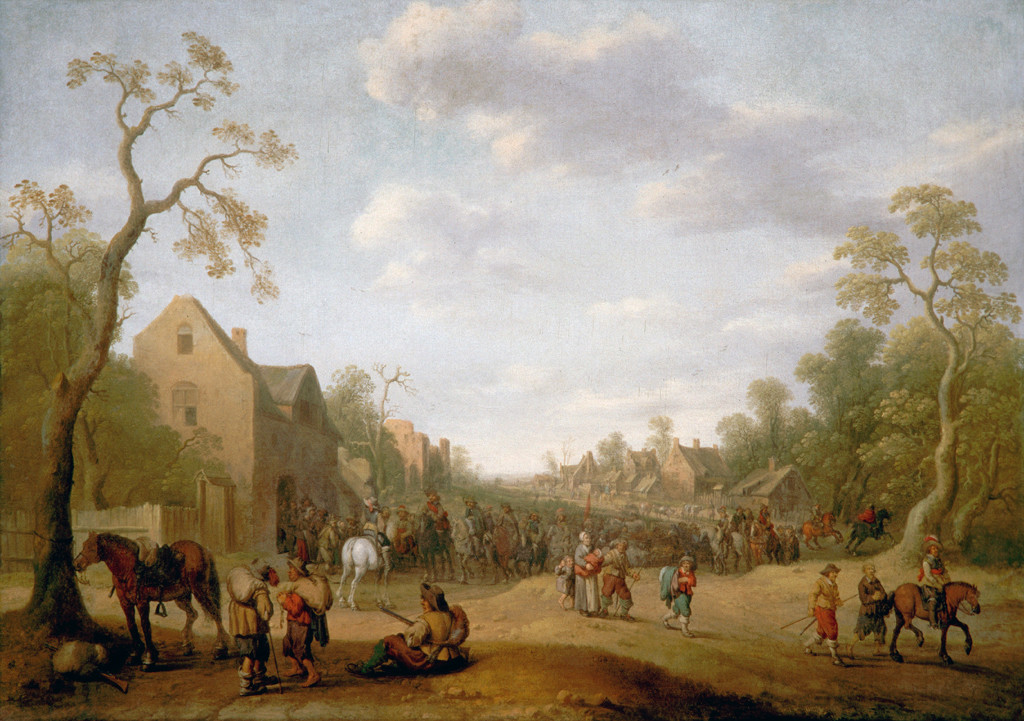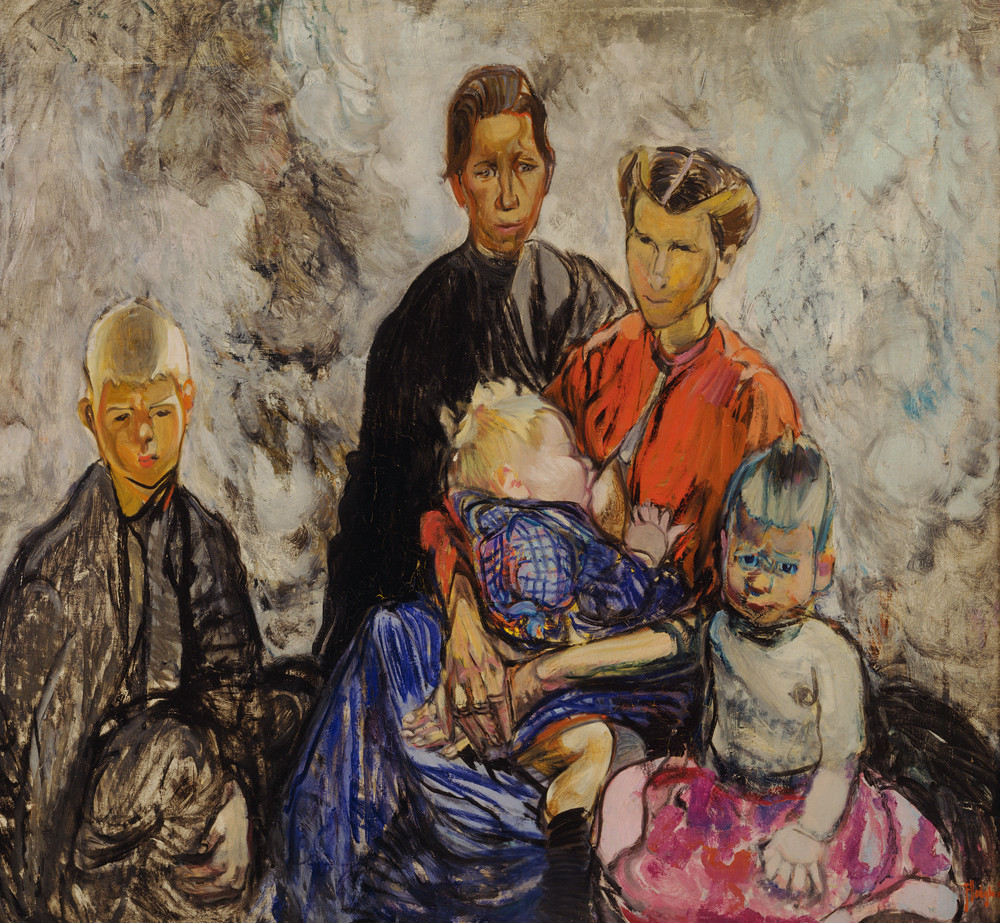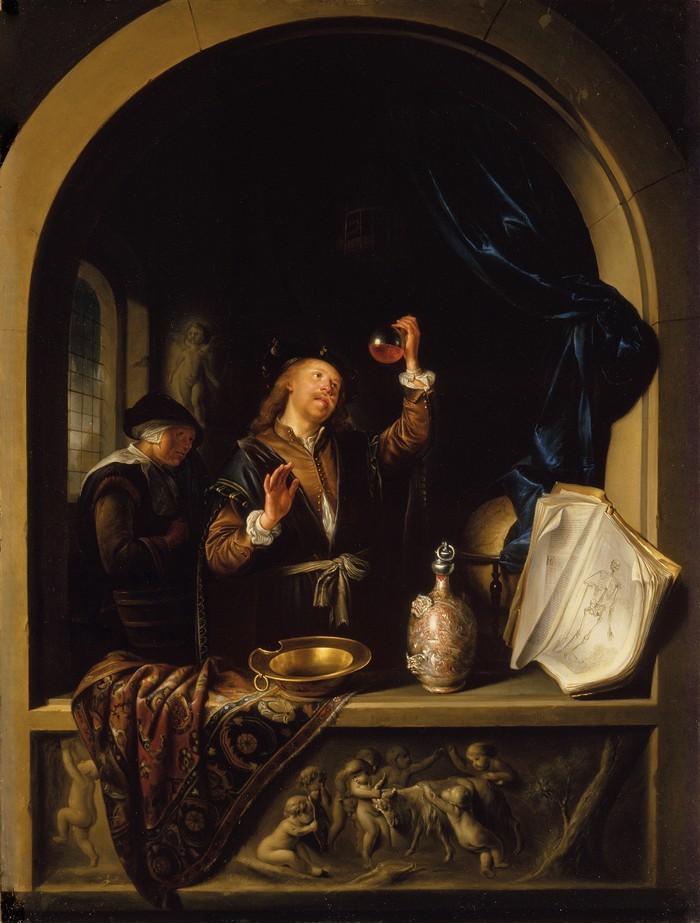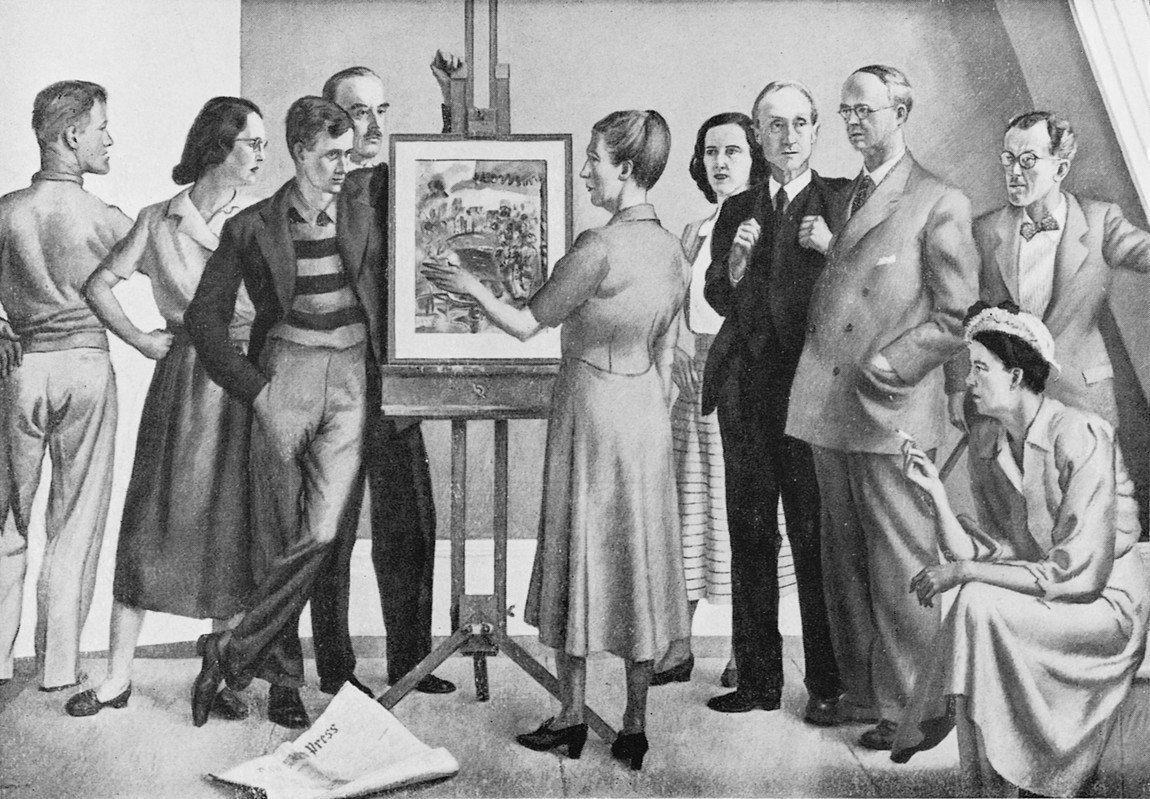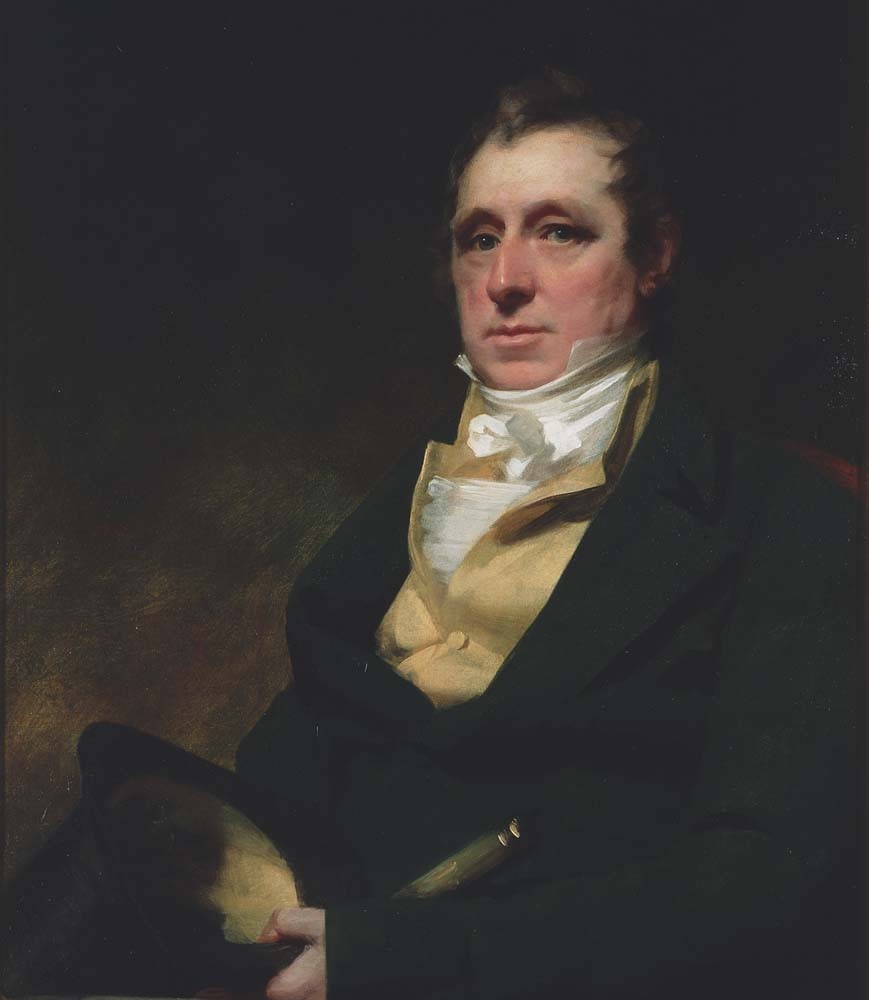John Gully
Aotearoa New Zealand / British, b.1819, d.1888
Lake Wakatipu
- 1877
- Watercolour
- Gift of Cyril and Jane Smith, 2014
- 1300 x 1820mm
- 2014/066
- View on google maps
Location: Sir Robertson and Lady Stewart Gallery
Tags: lakes (bodies of water), landscapes (representations), mountains, natural landscapes, people (agents), snow (precipitation), trees
Whakatipu-wai-Māori Lake Whakatipu provided both permanent settlement sites and seasonal campsites for Waitaha, Kāti Māmoe and Kāi Tahu iwi across many centuries. From the northern head of the lake, inaka and kōkōtakiwai pounamu was gathered and carried back to coastal settlements to be crafted into tools, adornments and weapons. In 1877, watercolourist John Gully left his role as chief draughtsman at the provincial survey office in Whakatū Nelson to paint full-time, starting with a month-long southern sketching tour that included Piopiotahi Milford Sound and Whakatipu-wai-Māori.
Waitaha ~ tribal group that occupied much of Te Waipounamu South Island before they were displaced by Kāti Māmoe
Kāti Māmoe ~ tribal group that was largely replaced by Kāi Tahu through intermarriage and conquest
Kāi Tahu ~ tribal group of much of Te Waipounamu South Island
iwi ~ tribes
inaka ~ a whitish or creamy-coloured variety of greenstone
kōkōtakiwai ~ a soft and brittle variety of greenstone with streaks of white
pounamu ~ greenstone
He Kapuka Oneone – A Handful of Soil (from August 2024)
Exhibition History
In 1877, John Gully retired from his role as chief draughtsman in the Nelson Survey Office and took a month-long sketching tour of Wanaka, Milford Sound, Wakatipu and Manapouri. A year later, when he exhibited his new watercolours, he was commended by the Nelson Evening Mail for “two large watercolour paintings, the latest, and, to our mind, the best of the many that have been produced from the studio of that now celebrated artist... These represented Milford Sound and Lake Wakatipu… two nobler pictures it would be difficult to find.”
(Our Collection: 19th and 20th Century New Zealand Art, 2018)
John Gully, reaching retirement from his role as chief draughtsman in the Nelson Survey Office, took a month’s leave in 1877 for a sketching tour of Wanaka, Milford Sound, Wakatipu and Manapouri. Exhibiting his new watercolours in 1878, he was commended by the Nelson Evening Mail for “two large watercolour paintings, the latest, and, to our mind, the best of the many that have been produced from the studio of that now celebrated artist... These represented Milford Sound and Lake Wakatipu… two nobler pictures it would be difficult to find”. (2017)
This major work was presented to the Gallery in memory of the prominent Christchurch businessman Cyril Smith (1915–2014) by his wife Jane.
